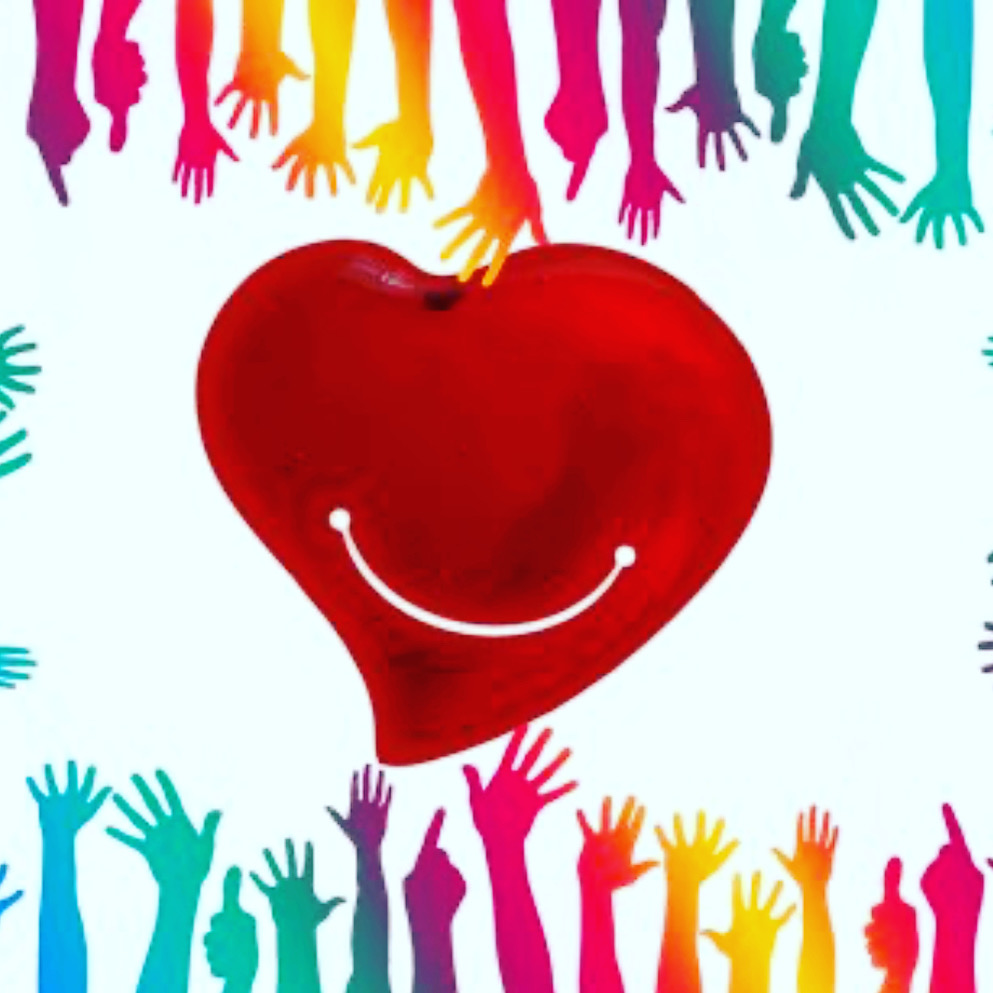A Village it does take
To Be
Joy to the weary
Music to the heart
Health to the sick
Wealth to the poor
Food to the hungry
Home to the wanderer
Jubilation to the jaded
Who Cares - What Matters
Neighbor By JJ Heller, David Heller, and Andy Gullahorn
Sometimes it’s easier to jump to conclusions Than walk across the street It’s like I’d rather fill the blanks with illusions Than take the time to see
You are trying to close the back door of your car You are balancing the groceries and a baby in your arms You are more than just a sign in your front yard You are my neighbor
I can get so lost in the mission Of defending what I think I’ve been surfing on a sea of opinions But just behind the screen
You are grateful that the work day’s finally done You are stuck in miles of traffic, looking at your phone You are tryin’ to feel a little less alone You are my neighbor
When the chasm between us feels so wide That it’s hard to imagine the other side But we don’t have to see things eye to eye For me to love you like you are my neighbor My neighbor
Oh, to fear the unfamiliar Is the easy way to go But I believe we are connected more than we might ever know
There’s a light that shines on both the rich and poor Looks beyond where we came from and who we voted for ‘Till I can’t see a stranger anymore I see my neighbor May my heart be an open door to my neighbor You are my neighbor
S O M E T I M E S
Music is more than MUSIC
and Words are more than
W O R D S
From the beginning of time the question has rung out,
sometimes louder than softer:
JUST WHO IS MY NEIGHBOR?
No matter what you say, You
SHOW THE ANSWER,
Person by Person,
Neighbor by Neighbor…
with this certainty:
It just isn’t the person next door or across the street…
SO JUST WHO IS
YOUR NEIGHBOR. . . ?
It’s one thing to take a song
and make it your song;
It’s even better
if you make it ANOTHER’S. . .
yea. . .
Please make Your Song
ANOTHER’S song. . .
The Sharing will be the Caring. . .
Make your life,
your living
SING OUT LOUD
especially for all those
who have forgotten
they have their own Song
to SHARE, too. . .
N O
I didn’t lose my mind; this is the the video I posted on this past Monday’s blog and as A Caring Catalyst but also a real, live CHANGE MAKER. . .
This hairstylist had a job he was paid to do. . .
Beyond the job, he had the same options every other cause-driven compassionate human being has for comforting someone who is struggling.
Maybe think of these options as “Levels of Sacrificial Giving.” Each level requires a bit more sacrifice on the part of the giver, thereby imbuing the act with an increasing measure of beauty.
LEVEL 1: WORDS
Saying something genuine to affirm the sufferer’s enduring worth.
LEVEL 2: UTILITY
Supplying helpful goods, services, or money for the sufferer’s use.
LEVEL 3: TOUCH
A tender gesture to inhabit the same physical space as the sufferer.
LEVEL 4: TRANSFER
A permanent exchange from giver to sufferer (e.g., organ donation).
LEVEL 5: CO-SUFFERING
Voluntarily joining the sufferer to share the experience of their pain.
This hairstylist is a Level 5 Giver.
It begs the simple question:
ARE YOU A LEVEL FIVE GIVER
I’ve come to learn that no ironclad argument exists for convincing someone that Level 5 Giving is worthwhile or even rational.
The beauty of an act of Level 5 Giving either pierces you in a life-changing way or it doesn’t.
My hope for you and me is that this act, or another like it, so pierces us that we level up our giving in a world that is groaning louder and louder for it every day. . .
JOIN ME
Lets LEVEL UP
always to a better way. . .
“I’M SORRY”
See, that wasn’t so hard was it
B U T
Did you mean it. . .
Did they feel it. . .
DID THEY BELIEVE IT. . . ?
when you apologze?
It’s time to stop, researchers say
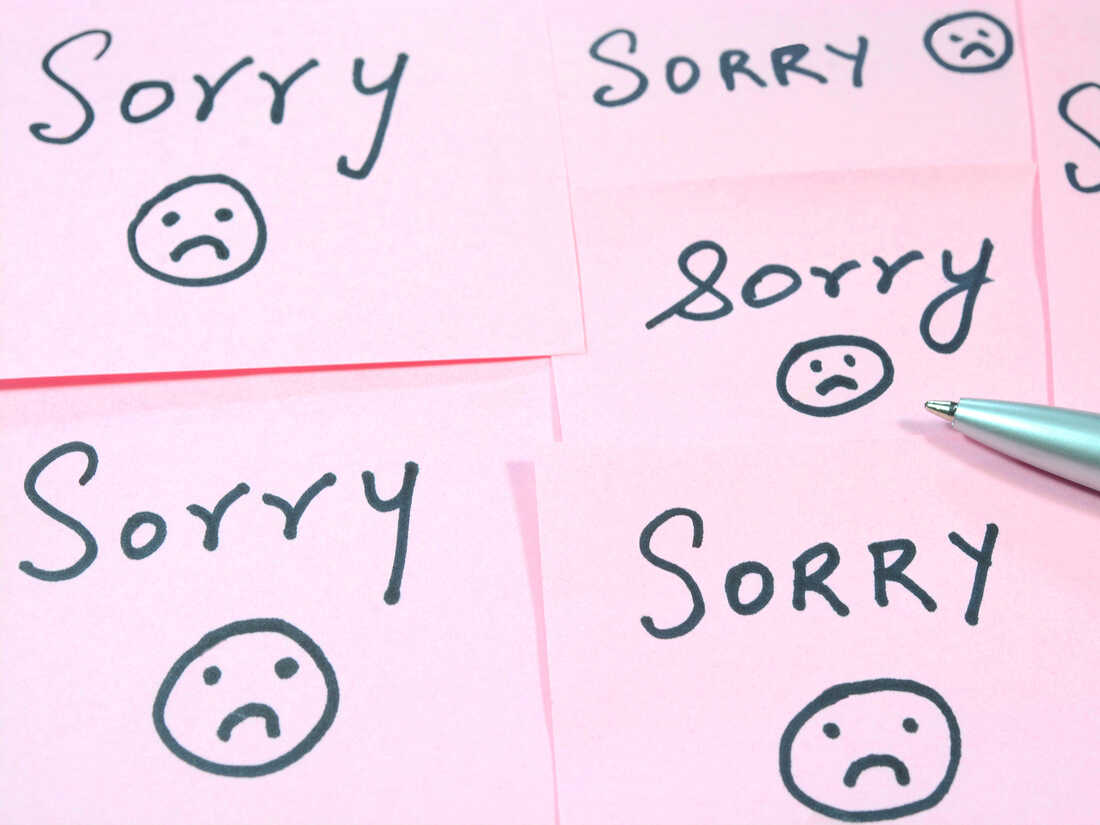
There’s something very powerful about receiving or giving a heartfelt, genuine apology.
Bad apologies, on the other hand, can be disastrous and lead to more hurt.
The new book, Sorry, Sorry, Sorry: The Case for Good Apologies, draws from a broad range of research to explain the power of apologies, why we don’t always get good ones, and the best way to tell someone you’re sorry.
Co-authors Marjorie Ingall and Susan McCarthy break down the six (and a half) steps to great apologies. They are:
“These six steps are relevant for adults, for children, for corporations, for institutions, for governments,” Ingall said. “And six-and-a-half is ‘listen.’ People want to be heard, and don’t jump over them. Let the person that you hurt have their say.”
Ingall said saying the word “sorry” may seem obvious, but it didn’t always happen. Instead, people say things like they’re “regretful,” and this isn’t the same thing.
“Regret is about how I feel,” Ingall said. “We’re all regretful. ‘Sorry’ is about how the other person feels. And when you apologize, you have to keep the other person’s feelings at top of mind.”
Then there are the words not to say during an apology.
Ingall points to words like “obviously” (“If it was obvious, you wouldn’t have to say it”) and “already” (“‘I’ve already apologized’ is a thing we hear a lot”), and the qualifiers like “sorry if…” and “sorry but…” and “I didn’t meant to.”
“Intent is far less important than impact when it comes to apologies,” Ingall said.
McCarthy adds that a bad apology can even make things worse.
“It’s akin to the cover-up being worse than a crime, if you make an apology that says, you know, ‘You shouldn’t even have a white sofa,’ or, ‘You shouldn’t have been standing there,'” she said.
On the other hand, a great — even late — apology can have tremendous healing power, the authors say.
“I received a letter years after a breakup from a boyfriend,” Ingall said. “And he just said, ‘I wanted you to know I’m getting married. And I’m aware that I was often not a good boyfriend. And I want you to know that I was listening, even when it didn’t seem like I wasn’t listening. And I’m going to be a better husband because of our relationship.'”
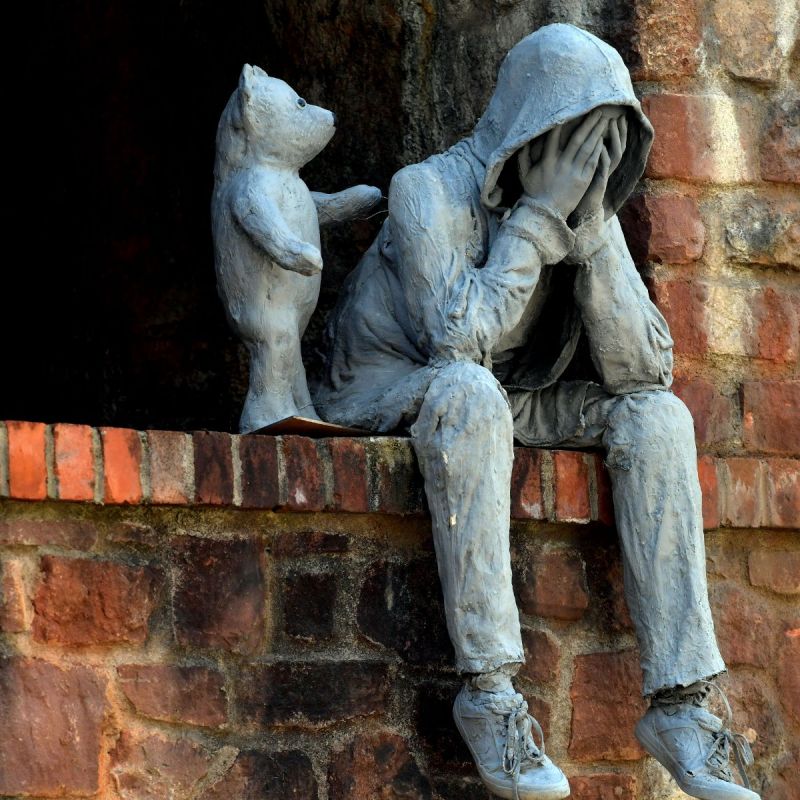
How did that go for you?
Is it worth showing up and maybe saying
maybe SHOWING it in another way. . .
I’m Sorry. . .
maybe it’s worth another try in another way just to make sure your
“I’M SORRY
goes a little bit
d
e
e
p
e
r
.
.
.
.
IT IS AMAZING
how we think that this applies to everyone ELSE
but not to ourselves
but one of the biggest lessons that
THE PANDEMIC has taught us
is if infected, we are dangerously viral
. . .CAN THE SAME BE SAID OF LOVE. . .
IF WE ARE INFESTED WITH LOVE
IS IT IMPOSSIBLE NOT TO SPREAD. . .
P L E A S E
N O T E
TO
S P R E A D
L O V E
You have to first have LOVE
uhhhhhhhhhh
which means
L O V I N G
O U R S E L V E S
I have often joked,
IF YOU LOVE YOUR NEIGHBOR AS YOURSELF
I MAY WELL CHOOSE YOU NOT TO BE
MY NEIGHBOR
(for the way, or the lack of the way you love yourself)
Seems like I may not be the only one who thinks that:
Could Help You
Be More Tolerant
Of Others. . .
ELIZABETH SVOBODA is a writer in San Jose, CA, and a regular contributor to Greater Good. She is the author of What Makes a Hero?: The Surprising Science of Selflessness. Her newest book, for kids, is The Life Heroic. She is helping us to take a look at the benefits of being a little bit more of self-compassionate.
Launched into public awareness by the psychologist Kristin Neff, the practice of self-compassion has emerged as a proven way to boost well-being and resilience amid life’s challenges. “With self-compassion,” Neff writes, “we give ourselves the same kindness and care we’d give to a good friend.”

A new Rutgers University study suggests that self-compassion has another, counterintuitive benefit: It helps you to become more accepting of other people who are not like you. Being kind to yourself, the study reports, can broaden your tolerance of others—so long as your self-compassion is rooted in “common humanity,” a belief that life’s joys and struggles are part of the shared human condition.
“People who are viewing themselves and their failures and their suffering as normal parts of human experience are more likely to have compassion for others,” says H. Annie Vu, a psychology graduate student at Rutgers and lead author of the study. “That is linked with less prejudice.” She aims to develop training programs that foster people’s sense of common humanity, which she hopes will deepen their compassion for themselves and others—and, as a result, promote social acceptance.
Self-compassion, the quality Vu explored in her study, is distinct from self-esteem. Self-esteem involves how you answer the question “How much do I like myself?,” and it often crumbles when others criticize you. But self-compassion is a form of self-regard that persists no matter what others are saying. It means accepting yourself even when you fumble or fail.
As Neff defines it, self-compassion has three major components: mindfulness, awareness of your own feelings and thoughts; self-kindness, a commitment to caring for yourself in tough times; and common humanity, a sense that everyone experiences highs and lows in life just like you.
Vu’s study looked at how different components of self-compassion related to people’s attitudes toward others. The study’s 163 student participants took Neff’s 26-item survey to assess their self-compassion, including statements like, “When I’m down, I remind myself that there are lots of other people in the world feeling like I am.” The students also took a self-esteem survey and a test that evaluated their feelings about “outgroups” often marginalized by society, such as unhoused people or members of minority groups.
The analysis by Vu’s team found that people’s self-esteem did not meaningfully predict how they felt about outgroup members. Self-compassion, on the other hand, did—but it was people with greater feelings of common humanity, not self-kindness or mindfulness, who were more accepting of others not like them.
While self-kindness and mindfulness involve more of a focus on yourself and your emotions, common humanity “involves perception of others, and that connectedness between self and others,” Vu says. “That explains why it’s the only self-compassion component that is associated with low prejudice.”
Common humanity, in other words, helps you assess your own experiences against the failures and triumphs shared by everyone else on the planet. When you do that kind of comparison, it may be harder to look down on those different from you, because you’re focused on what unites you rather than what sets you apart. A sense of common humanity may also make your self-compassion more durable, because when you understand how your struggles reflect the shared human experience, it’s less tempting to blame yourself for them.

A 2018 study by Italian researchers had also found that self-compassionate people were more accepting of others, but Vu’s study goes further, showing that this connection holds up independent of people’s self-esteem. (Previous research has shown that people with high “me first” self-esteem are sometimes less accepting of people different from them.)
Vu’s finding also builds on reports from political scientist Kristen Renwick Monroe, who found that what set Holocaust rescuers apart from peers was their strong sense of common humanity. Even if (as was often the case) rescuers came from a different background or culture than the people they were helping, they recognized just how similar they were to those being persecuted, which motivated them to act.
Vu’s study is among the first to combine what have long been two distinct branches of research: studies on how people feel about themselves, and studies on how they perceive members of other groups. Through further study of how inner states affect outer attitudes, Vu and her Rutgers colleagues hope to create training programs that build up people’s sense of common humanity—and thereby broaden their acceptance of others.
Such programs could reinforce existing efforts to protect marginalized people’s rights and dignity, notes Rutgers psychologist Luis Rivera, Vu’s graduate advisor and a coauthor of the study.
“We’ve already seen historically how changing structures, laws, policies, et cetera, can lead to changes in prejudices. But what Annie’s work also suggests is that you can turn back to the individual,” Rivera says. “That could be another opportunity, complementing structural-level interventions with individual-level interventions.”
Developing and testing these educational programs could take years, Vu says. Yet people can start now to shift their focus toward what links them to all humanity—and observe the real-world benefits for themselves.
“The more you realize you are connected to other humans—and that other humans are humans—the more you’re able to regard them with dignity and respect,” says social worker and empathy educator Kristen Donnelly, founder of the Abbey Research firm. “The work of understanding your humanity is deeply connected to the work of understanding our connectedness. Difference is not a threat, but an opportunity.”
A letter from Albert Einstein to his daughter, Lieserl, who donated 1,400 letters written by him to the Hebrew University, with orders not to publish them until 20 years after his death.This is one of them, to her.When I proposed the theory of relativity very few understood me. What I will reveal now to mankind will also collide with the misunderstanding and prejudice in the world.I ask you to guard the letters as long as necessary, decades, until society is advanced enough to accept what I will explain below.There is an extremely powerful force that, so far, science has not found a formal explanation to. It is a force that includes and governs all others, and is even behind any phenomenon operating in the universe, and has not yet been identified by us. This universal force is LOVE.When scientists looked for a unified theory of the universe they forgot the most powerful unseen force. Love is Light, that enlightens those who give and receive it. Love is gravity, because it makes some people feel attracted to others. Love is power, because it multiplies the best we have, and allows humanity not to be extinguished in their blind selfishness. Love unfolds and reveals. For love we live and die. Love is God and God is Love.This force explains everything and gives meaning to life. This is the variable that we have ignored for too long, maybe because we are afraid of love, because it is the only energy in the universe that man has not learned to drive at will.To give visibility to love, I made a simple substitution in my most famous equation. If instead of E = mc2, we accept that the energy to heal the world can be obtained through love, multiplied by the speed of light squared, we arrive at the conclusion that love is the most powerful force there is, because it has no limits.After the failure of humanity in the use and control of the other forces of the universe that have turned against us, it is urgent that we nourish ourselves with another kind of energyIf we want our species to survive, if we are to find meaning in life, if we want to save the world and every sentient being that inhabits it, love is the one and only answer.Perhaps we are not yet ready to make a bomb of love, a device powerful enough to entirely destroy the hate, selfishness and greed that devastate the planet.However, each individual carries within them a small but powerful generator of love, whose energy is waiting to be released.When we learn to give and receive this universal energy, dear Lieserl, we will have affirmed that love conquers all, is able to transcend everything and anything, because love is the quintessence of life.I deeply regret not having been able to express what is in my heart, which has quietly beaten for you all my life. Maybe it’s too late to apologize, but as time is relative, I need to tell you that I love you, and thanks to you I have reached the ultimate answer! “.Your father,Albert EinsteinHmmmmmmmmmmmmmmmmmmmmmmmm. . .
kind of makes you think
that everything’s not so relative. . .
IT IS MORE
. . .SO MUCH MOREwhich means
which means
we can meet in the land of MUCH MORE
living as Caring Catalysts
who all understand and teach
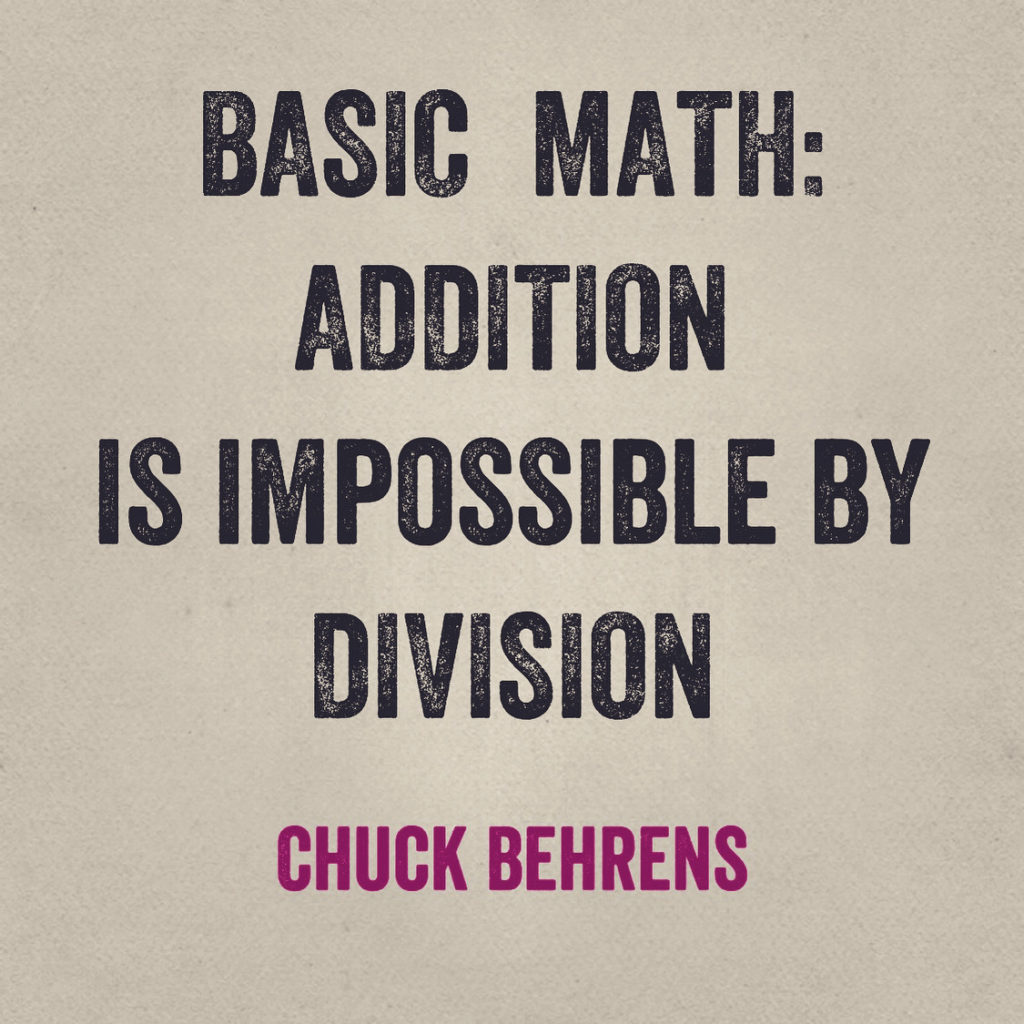
Life is short, 🔴 ⚫ 🔴
and we have too little time
to gladden the hearts of those
who travel the journey with us.
So be swift to love,
and make haste to be kind.
🔴 Henri-Frédéric Amiel
Swiss Writer 1821-1881
Made Me a
Better Person
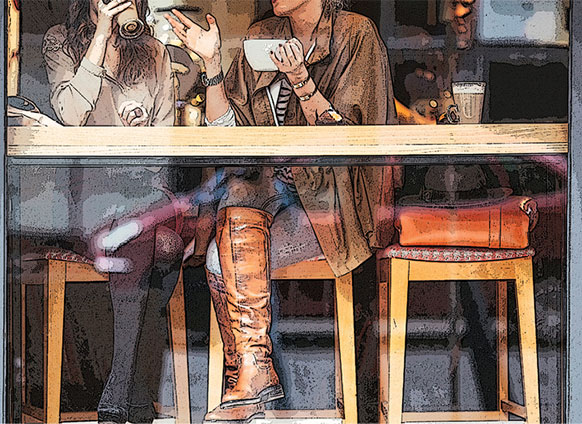
Cecilia begins the article by admitting: “I don’t know his name, but his messy, shoulder-length hair hides a pair of hauntingly blue eyes. It’s a warm September day in New York, but he’s sitting under a mountain of ragged bits of clothing, towels and blankets. In one hand, he loosely holds a piece of string attached to the neck of a small, mangy-looking dog lying next to him. In the other hand, he clutches a nearly empty bottle of cheap vodka. His bright eyes briefly glance at me without recognition or focus. I don’t know what makes me pause.
My initial thought is to give him money, though I just avoided eye contact with the last 10 people, sputtering that I didn’t have any. And my mom’s words come to mind: “He’ll only spend it on drugs or alcohol.” So I turn to the closest Nathan’s stand and buy him a hot dog, chips and soda.
When I approach him, I feel awkward, my donation insignificant. As if I’m offering a glass of water to a man trapped in a burning building. Is he more of a ketchup or mustard guy? The absurd thought turns my face hot. What comfort will a nutritionally deficient meal with a side of dehydration be to a man who sleeps on cement and spends a life generally invisible to the world?
But when he sees my outstretched hands, he smiles, dropping the bottle and leash to accept the meal with shaky fingers. We don’t exchange any words, but his smile lingers with me.
Cecilia goes on to tell us that it’s only the sixth day of her month-long challenge to find the joy in making someone’s day every day, and up until now, she had felt like a failure. It wasn’t for lack of trying, but rather questioning whether seemingly small gestures were actually accomplishing my goal. Can we really find joy by giving to those around us? Can random acts of kindness actually increase and sustain happiness?
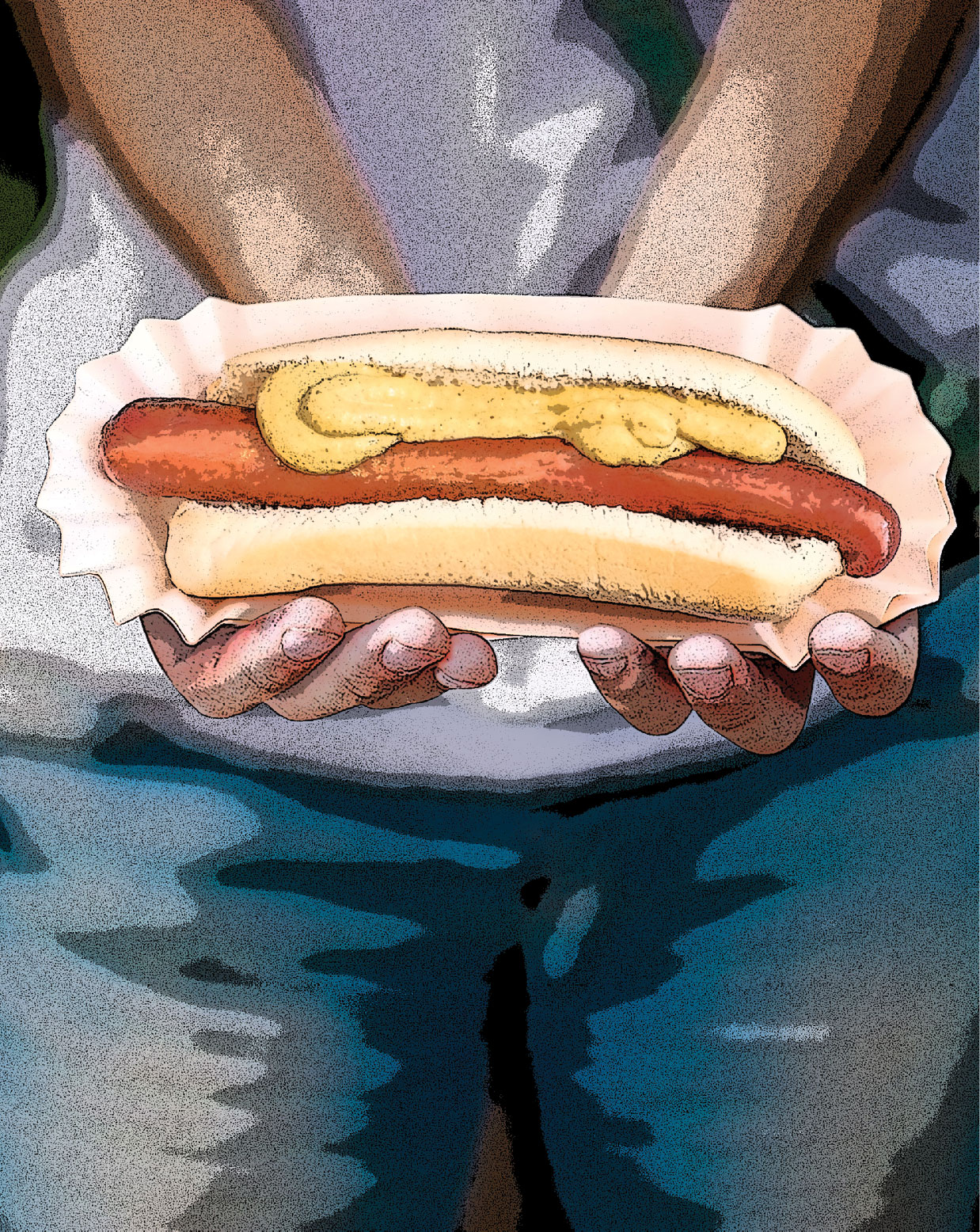
Related: How to Make Others Feel Significant
Turns out they can, but there are exceptions. To find lasting happiness through generosity requires a suppression of our ego, an analysis of our motives and a reflection on how these acts alter our perception of the world.
As children, our parents tell us to make up for misbehaving by doing something nice for someone. As adults, we help friends move into a new house; we bring hot meals to new mothers; we might even donate time or money to local charities a few times a year. After all, it’s naturally uncomfortable to see a friend (or stranger) suffering or in need. Call it karma or mojo, but these acts are generally reciprocated. We receive tax breaks, returned meals and favors, thank-you notes. Tit for tat.
But what about pure, altruistic generosity, without the expectation of receiving something in return? What about being a true Caring Catalyst just to be a mere Caring Catalyst? Some researchers argue this type of generosity doesn’t exist. But Cecilia set out to see whether she could learn to give without the promise of getting. She made lists of various kind acts and placed reminders on her bathroom mirror, her work computer, her car dashboard: Make someone’s day today!
Cecilia’s first act of kindness was buying coffee for the woman behind her in the drive-thru lane at Starbucks. In fact, her first few acts were buying something for someone—lunch for an old friend, a copy of her favorite book to a stranger—but they didn’t make her feel much of anything. The recipients were grateful, but she wondered if she was actually making their day, and was that really boosting her happiness?
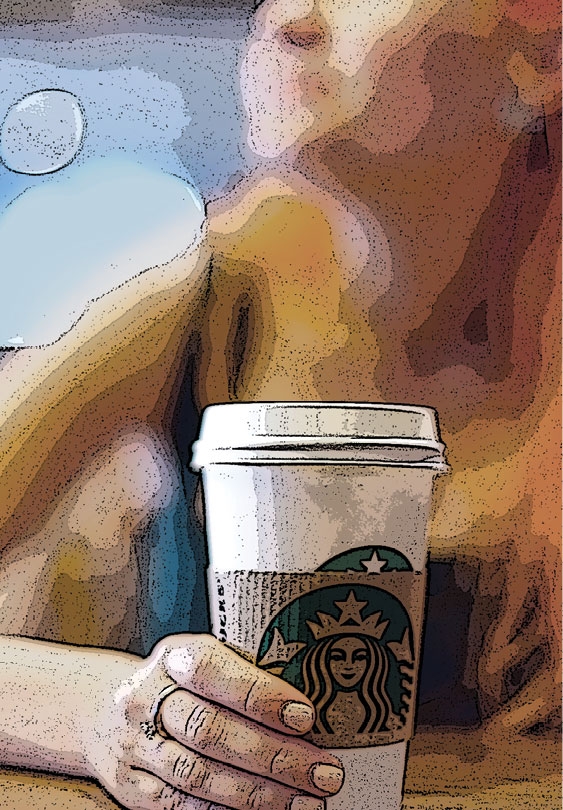
At the end of each day, she reflected how being kind made her feel. She dug for tangible proof of her growth. Some days felt more significant: buying cough syrup for the two coughing boys in pajamas at the pharmacy, for example. Their father, who had dark circles under his eyes, rubbed the bridge of his nose as his credit card was declined a second time. She said couldn’t tell whether he was more embarrassed or grateful, but she’d like to think he slept a little easier that night, and left the pharmacy feeling pretty good.
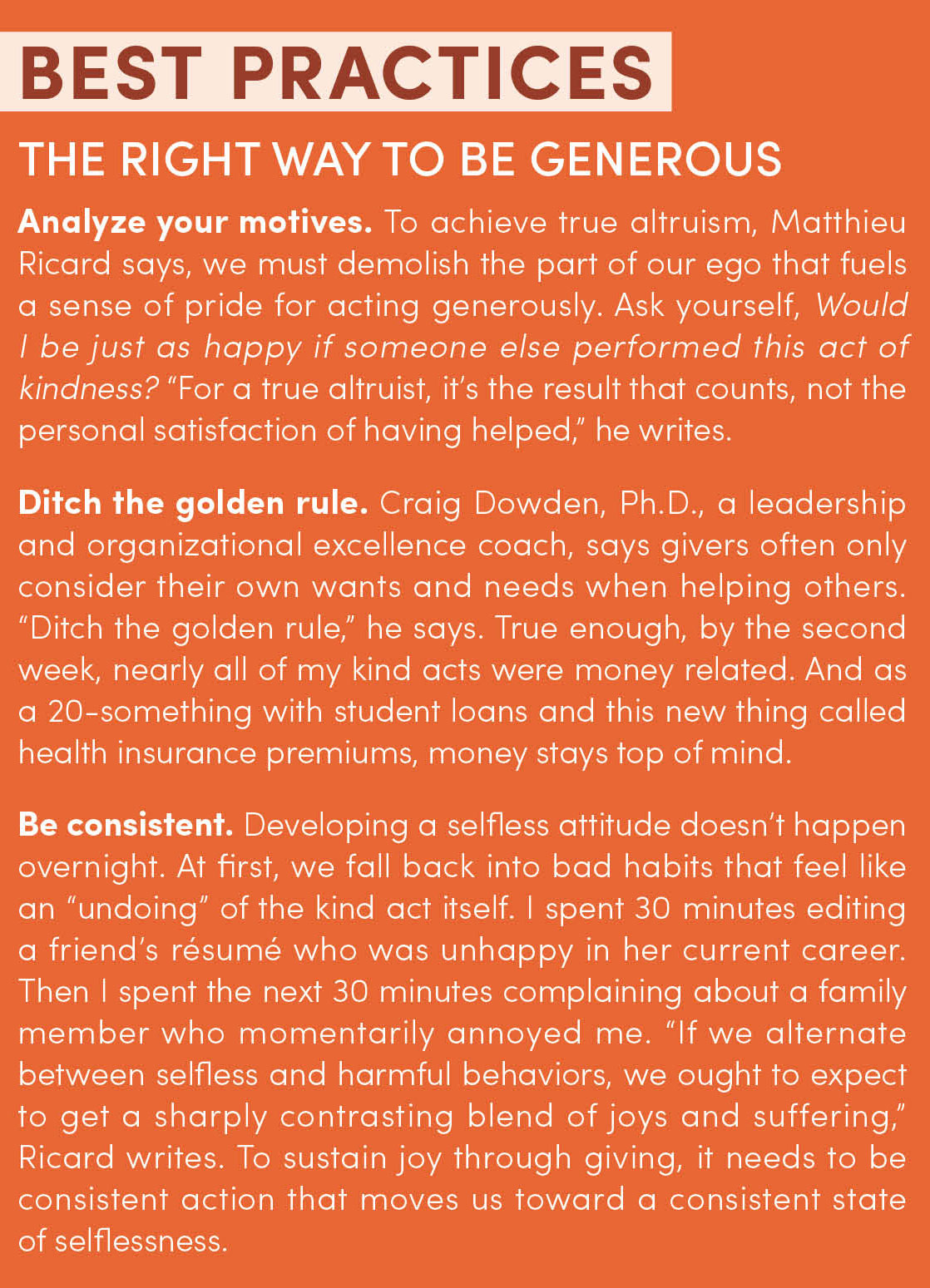
Countless studies tout the physical, mental and social benefits of receiving generosity. But until the 1980s, the effects on the giver were relatively unknown. Sonja Lyubomirsky, Ph.D., a psychology professor at UC Riverside and a leading happiness researcher, conducted a study in 2004 to determine whether committing five random acts of kindness would increase positive emotions. The short-term study revealed promising results with heightened levels of positive emotions, particularly in the participants who carried out all five acts of kindness on the same day. Spreading the acts over a week, Lyubomirsky theorized, led to a repetitive and often unoriginal pattern that either didn’t change the level of positive emotions or, in some cases, even lowered it.
Admittedly, Cecilia said she experienced some form of generosity fatigue around the second week of her challenge. It’s easy to float through the day wrapped up in our own heads, focusing only on what directly impacts us. Consciously searching for new and different ways to improve someone else’s day was more difficult than than maybe any of us could possibly anticipate. We just don’t face that challenge often in society. But then when Cecilia admitted that when she did the nice deed, she nearly always felt a boost of happiness afterward. A 2009 study by social psychologist Jorge A. Barraza, Ph.D., and neuroscientist Paul J. Zak, Ph.D., attributes this to a release of oxytocin, the feel-good chemical in the brain.
According to the study, when people feel empathetic, they release 47 percent more oxytocin into their hippocampus, the part of the brain responsible for emotion and memory. The participants felt the urge to act generously—particularly toward strangers. As Matthieu Ricard, Ph.D., a Buddhist monk and best-selling author, writes in Happiness: A Guide to Developing Life’s Most Important Skill: “When we are happy, the feeling of self-importance is diminished and we are more open to others.” Studies show people who have experienced a positive event in the past hour are more likely to help strangers in need. This explains why we help people, even at a cost to ourselves.
In the late ’80s, the term “helper’s high” was used to describe the euphoria feeling associated with volunteering. Beyond happiness, generous people also experienced enhanced creativity, flexibility, resilience and being open to new information. They’re more collaborative at work; they’re able to solve complex problems more easily and they form solid, healthy relationships with others.
As Stephen G. Post, Ph.D., happiness researcher and founder of The Institute for Research on Unlimited Love, writes, “It may be people who live generous lives soon become aware that in the giving of self lies the unsought discovery of self as the old selfish pursuit of happiness is subjectively revealed as futile and short-sighted.” Generosity allows us to forget our own self-importance, even temporarily, and look outward to uplift those around us who, in turn, often uplift those around them.
Shawn Achor, a Harvard-trained researcher and The Happiness Guy at SUCCESS, calls this the ripple effect. Our behavior, he discovered, is literally contagious. “Our habits, attitudes and actions spread through a complicated web of connections to infect those around us,” he writes. That’s why we sync up with our best friends, often finishing each other’s sentences and reading each other’s thoughts. It’s also why one negative attitude can spread like a disease across an office and infect everyone’s mood.
So are happier people more generous, or does generosity make us happier? Rather than thinking of it as a cause-and-effect relationship, consider happiness and generosity as intertwining entities. “Generating and expressing kindness quickly dispels suffering and replaces it with lasting fulfillment,” writes Ricard, the Buddhist monk. “In turn the gradual actualization of genuine happiness allows kindness to develop as the natural reflection of inner joy.” Helping behavior increases positive emotions, which increases our sense of purpose, regulates stress, and improves short- and long-term health. All of that contributes to a heightened level of happiness, causing us to feel more generous, creating a circle of happiness and generosity.
Cecilia admitted she failed twice during her month-long challenge. What began as a positive and energizing morning was quickly derailed—a negative social media post, a complaining text, an overwhelmed co-worker. she would refocus her thoughts and tried to make this her kind act for the day. Maybe her questions are our golden questions: What if I can turn this person’s day around? What if I can help him see the positive side of his situation?
What happened? According to Paul Bloom, professor of psychology and cognitive science at Yale University and author of Against Empathy: The Case for Rational Compassion, she had confused empathy with compassion, resulting in empathetic distress and burnout. Empathy requires feeling what others feel, “to experience, as much as you can, the terrible sorrow and pain,” whereas compassion involves concern and a desire to help without the need to mirror someone else’s anguish.
It turns out, you can be too nice. Psychologists Vicki Helgeson and Heidi Fritz created a questionnaire revealing that women are more likely to put others’ needs before their own, often resulting in asymmetrical relationships as well as an increased risk of depression and anxiety. When we experience empathetic burnout, we often shy away from generosity altogether. Feeling taken advantage of, we retreat inward.
Researchers have also theorized that every kind act is ultimately done to benefit ourselves in some way, even subconsciously. This concept, coined “universal egoism,” offers explanations that are easier to accept than true altruism: a desire to help others void of selfish motives. For example, there are multiple situations that can be initially perceived as true altruism but at its core, the kind act is governed by selfish motives. Ben Dean, Ph.D., psychologist and founder of MentorCoach in Maryland, offers three such examples:
The question remains: Is there a truly selfless act of kindness? And does it even matter where our motivations lie? The homeless man in New York still ate a hot meal, and the two little boys at the pharmacy didn’t stay up all night coughing. Isn’t that what matters?
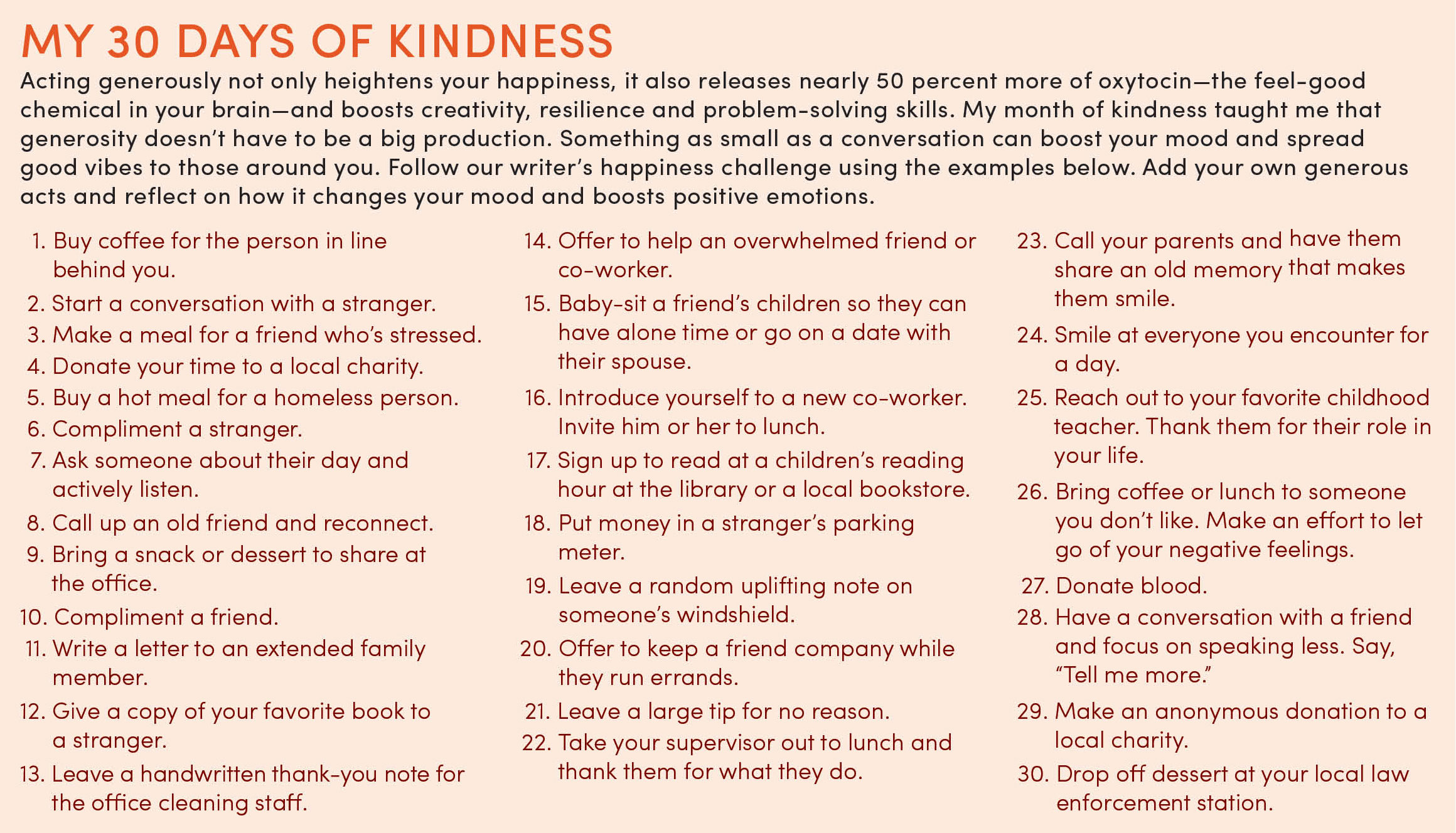
We aren’t consistently generous for a multitude of reasons, but in the traditional corporate setting, the prevailing enemy of generosity is the fear of appearing naïve. (And the possibility of going broke.) After all, isn’t the nice guy the one who finishes last? So we become “Givers” as Adam Grant Ph.D., details in his best-seller Give and Take. In the modern workplace, we are no longer solely evaluated on our work performance, but rather on how we interact as a cohesive unit and how we contribute to the organization as a whole. In fact, Grant’s research reveals this new business landscape paves the way for Givers to succeed and Takers to be left behind. By helping others, we help ourselves.
The important thing to remember is that Givers—especially those predisposed to putting others’ needs before their own—need to know their boundaries. Grant says it begins with distinguishing generosity from its three other attributes: timidity, availability and empathy.
At the risk of sounding cliché, Cecilia admitted that her month of generosity did make her happier. Something about waking up and consciously planning to act selflessly lightened my step and made the morning drag easier to bear. Something about a stranger flashing a smile (albeit a confused one) as she handed them a dog-eared copy of her favorite memoir gave her an energy boost that a triple-shot latte never could.
For a precious hour or so every day, the fear, anxiety, stress and doubt of daily life didn’t plague her thoughts. She stated that she briefly forgot about herself, and it was intoxicating. Friends responded to her seemingly arbitrary good mood with confused laughs.When did being happy without reason become a cause for concern? she wondered. . . ?
Maybe, she thought, her heart was in the right place when she gave the blue-eyed man a hot meal. But maybe, she wondered, her ego was directing her actions that night in the pharmacy checkout lane. And maybe she avoided generosity toward her close friends and co-workers because it was more difficult. Buying coffee for a stranger is easy, detached and allows for a clean exit. Gently pushing a friend to divulge her source of anxiety after she says “I’m fine” is not. After all, altruism and honest self-reflection take time and practice.
Ultimately, thirty days of generosity didn’t make Cecilia a different person, but she did feel different. She didn’t actively look for ways to be generous, but noticed the opportunities anyway. Like the sticky note residue on her bathroom mirror, she could see gentle impressions of her growth where she least expect it: during rush hour, when she gave the benefit of the doubt to the woman cutting into her lane; after a long day of work, when she made time for the struggling friend who needed to talk; and, most important, in the moments when she forgot herself and realized the joy to be found in caring for the people around me.
SO. . .
What does this have to do with us?
N O T H I N G
u n l e s s
we make it
SOMETHING
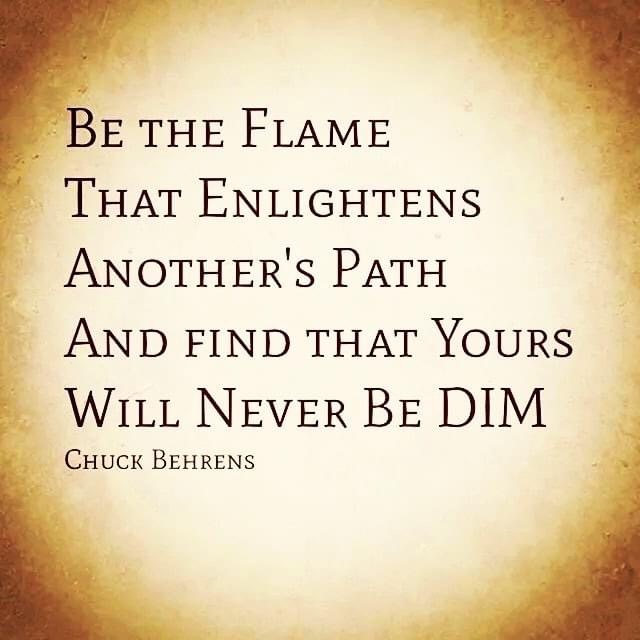
Go Ahead. . .
GIVE IT A GO
Blame it on the Season
. . .the One that’s Coming
and in essence, never ending
UNLESS YOU SAY SO
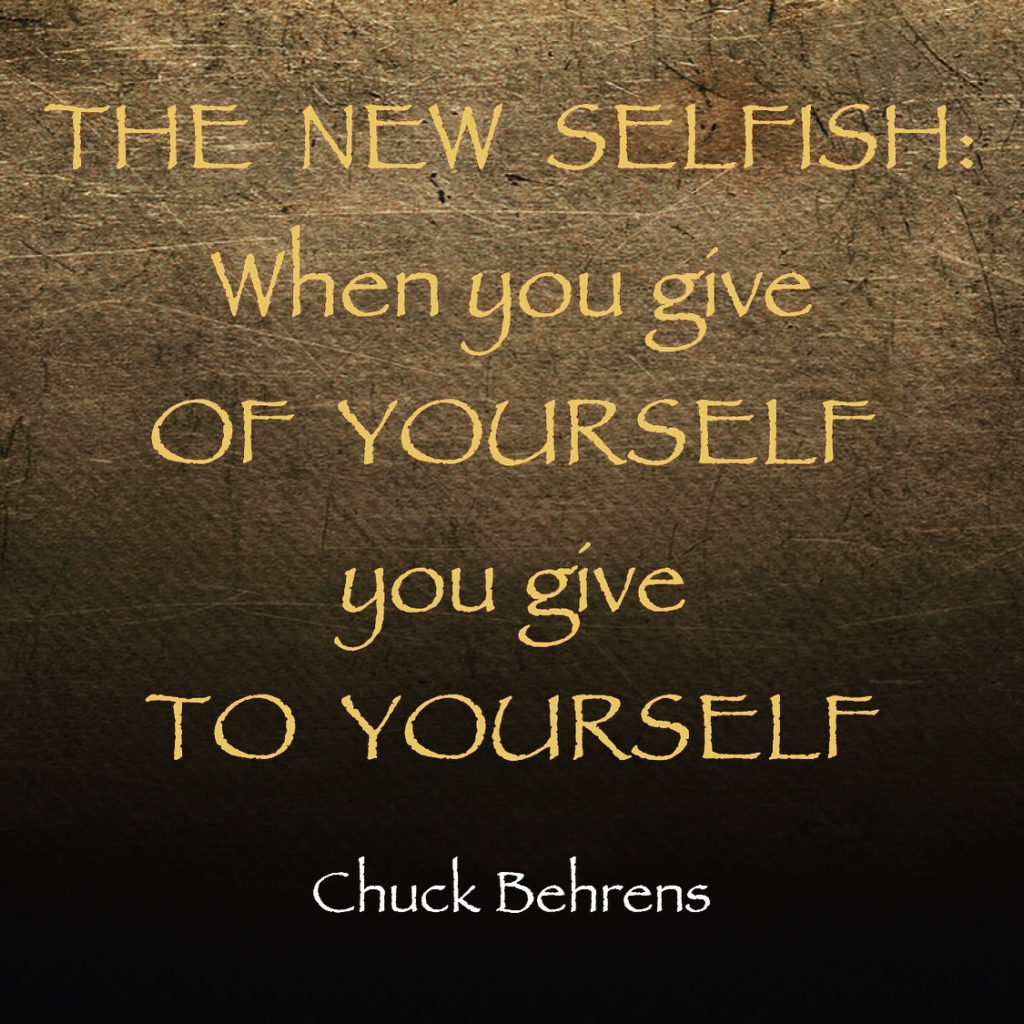 TAKE THE 30 DAY KINDNESS CHALLENGE
TAKE THE 30 DAY KINDNESS CHALLENGE
and
PROVE IT. . .
R E S P O N D
it’s sound like a simple thing
until it’s the one thing we usually
D O N ‘ T
D O. . .
R E A C T,
now that we do a lot,
b u t
R E S P O N D
w e l l. . .
but then:
In 2006 a high school English teacher asked students to write a famous author and ask for advice; there was only one to respond – and his response is magnificent:
“Dear Xavier High School, and Ms. Lockwood, and Messrs Perin, McFeely, Batten, Maurer and Congiusta:
I thank you for your friendly letters. You sure know how to cheer up a really old geezer (84) in his sunset years. I don’t make public appearances any more because I now resemble nothing so much as an iguana.
What I had to say to you, moreover, would not take long, to wit: Practice any art, music, singing, dancing, acting, drawing, painting, sculpting, poetry, fiction, essays, reportage, no matter how well or badly, not to get money and fame, but to experience becoming, to find out what’s inside you, to make your soul grow.
Seriously! I mean starting right now, do art and do it for the rest of your lives. Draw a funny or nice picture of Ms. Lockwood, and give it to her. Dance home after school, and sing in the shower and on and on. Make a face in your mashed potatoes. Pretend you’re Count Dracula.
Here’s an assignment for tonight, and I hope Ms. Lockwood will flunk you if you don’t do it: Write a six line poem, about anything, but rhymed. No fair tennis without a net. Make it as good as you possibly can. But don’t tell anybody what you’re doing. Don’t show it or recite it to anybody, not even your girlfriend or parents or whatever, or Ms. Lockwood. OK?
Tear it up into teeny-weeny pieces, and discard them into widely separated trash receptacals. You will find that you have already been gloriously rewarded for your poem. You have experienced becoming, learned a lot more about what’s inside you, and you have made your soul grow.
God bless you all!”
Kurt Vonnegut
 So. . .
So. . .
DO YOU RESPOND
DO YOU REACT
WHAT MAKES THE HOLY DAYS HIGH is
R E C O G N I T I O N
Can we talk about diversity and cultural competency for a minute. . .
OR A FEW DAYS. . .
OR A SEASON. . .
Every Fall there are about 7 million Jewish holidays that Jewish workers have to navigate. Ok, that’s only a slight exaggeration but that’s what it feels like, especially when they are, at times, completely overlooked or just not recognized
Some years they fall on the weekends but others they fall on the weekdays like this year.
And every Fall, without fail, businesses, affinity groups, organizations etc schedule meetings and events on these very important Jewish holy days. For many Jews, scheduling something on Rosh Hashanah or Yom Kippur is akin to scheduling something for non-Jews on Christmas. It’s pretty discouraging, hurtful and objectionable. In an age of now super-sensitivity to diversity and inclusion, scheduling something on these holy days can even come off as offensive.
So a quick guide to the Jewish holiday season for this year seems to be a very Caring Catalyst KIND of thing to do.
It’s an opportunity for all of us to not only share best wishes for the holidays but take the extra step of rescheduling team meetings, events etc for days that are not Jewish holidays. This will go a long way to making everyone feel included and respected at what is a really busy but very meaningful and important time.
May these Holy Days be made be held even more HIGH with the kindness, openness and recognition we share with each other
